These are the colors you should be using in your bedroom to get the best night's sleep
Adding these colors to your room will promote a more restful sleep, but the ones you ought to avoid might surprise you

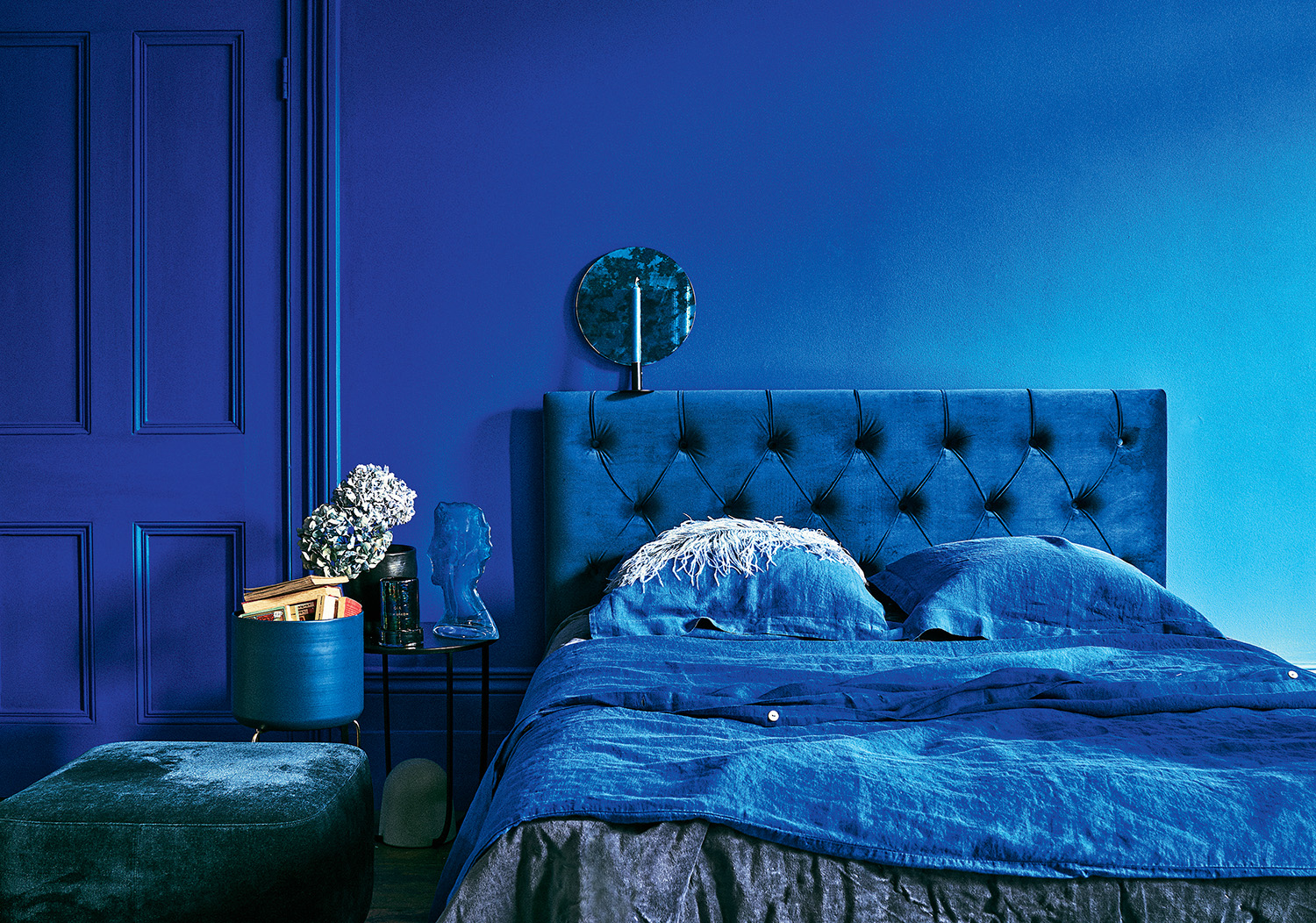
There are lots of ways to help ensure we get a better night's sleep - no caffeine after 5 p.m., avoiding your phone before bed, dropping lavender oil on the pillow - but did you know the colors you choose for your modern bedroom design might be affecting your sleep, too?
Once you learn that the colors surrounding us can have a psychological impact on our wellbeing, it's really no surprise that they can impact our sleep, too. With this in mind, it's worth putting some extra thought into our bedrooms designs so you can create a calming color scheme that promotes sleep. And yes, that means no longer reaching for the half opened tin of paint in the cupboard. That bright red you chose for the kitchen probably isn't the best idea for a bedroom...
You might be able to make some well-informed guesses about which colors work best in a bedroom - and you'd be right if you said muted, soft tones - but how do you know which colors will actually help you sleep? Thanks to a survey by carpet and flooring retailer, Tapi, guessing won't be necessary.
By asking a group of volunteers the color of their bedroom and the quality of their sleep on average, the survey has offered a good indication of which colors are best in the bedroom to help us sleep, as well as those we should be avoiding - and the results may surprise you.
Which colors are best for a good night's sleep?
1. Blue
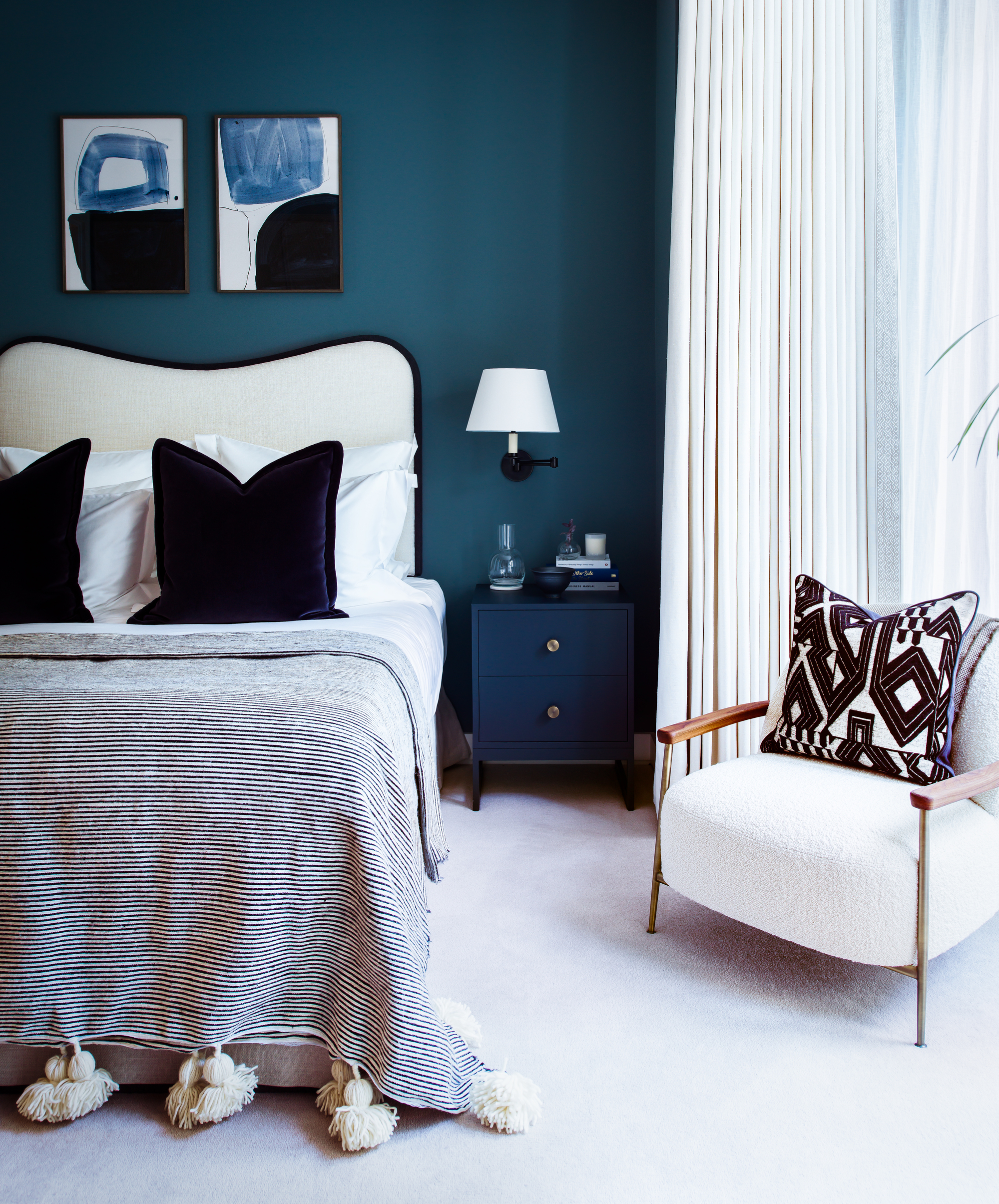
According to the survey, a blue bedroom is best for a better night's sleep with 57% of those with a blue bedroom claiming to regularly have a good or excellent night's sleep. In color psychology, blue is associated with nature and stability, so it's understandable that the color promotes feelings of calm.
When it comes to interior design, blue is almost always a safe choice. As founder of Andrew Martin, Martin Waller, claims: 'Blue is the new black. The boldness and warmth found in blue will continue to be prominent in our homes.'
Joanna Ross, general manager of design at Sheridan is in agreement. 'Blue is one of the most popular colors for bedrooms,' she says. 'It can have a positive effect on mood as it connects us to a blue sky or ocean found in nature, which helps us to feel relaxed.'
The Livingetc newsletters are your inside source for what’s shaping interiors now - and what’s next. Discover trend forecasts, smart style ideas, and curated shopping inspiration that brings design to life. Subscribe today and stay ahead of the curve.
Using color in the bedroom isn't limited to the walls, either. Think outside the box and consider switching up your bedding and decor too. 'Whether you add a dark blue feature wall or incorporate a blue textured quilt cover the color blue is known to help calm the mind and produce a feeling of tranquillity,' Joanna says.
According to Tash Bradley, director of interior design at Lick, blue pairs especially well with white in a bedroom. 'Blue is the world's favorite color and there’s a reason for that,' she says. 'It creates a feeling of escapism and provides you the opportunity to get quite creative. For example, a blue ceiling and a soft white wall is a really great way to bring character or charm into the bedroom.'
Martin recommends opting for a darker, rich blue in a bedroom for a more cozy atmosphere, highlighting that this will also create the perfect background for pictures or artwork. 'Having painted a room blue, it may take time to accustom yourself to the look,' he warns. 'People find it difficult to cope with change. Leave it for a week and your feelings will alter.'
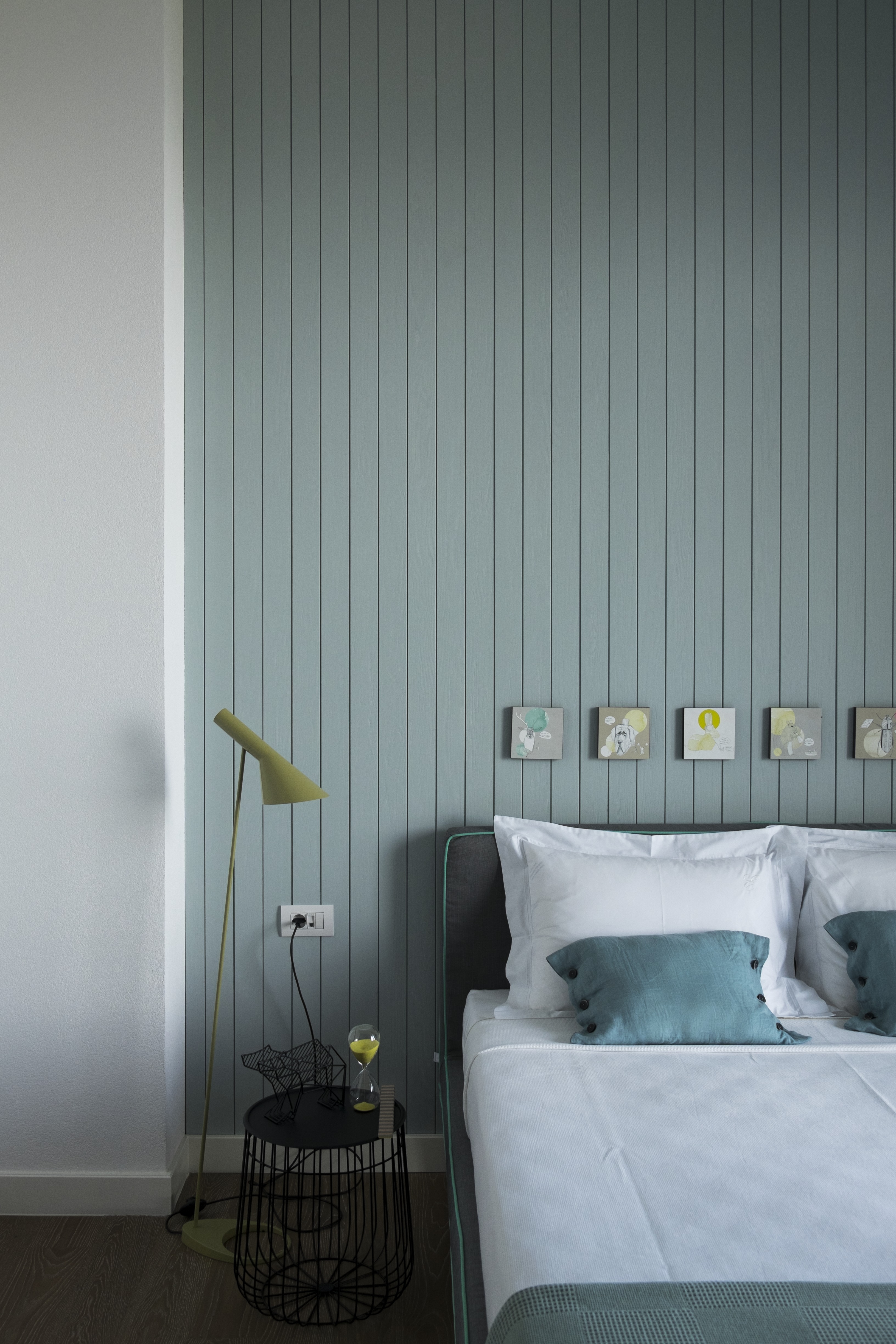
2. Green
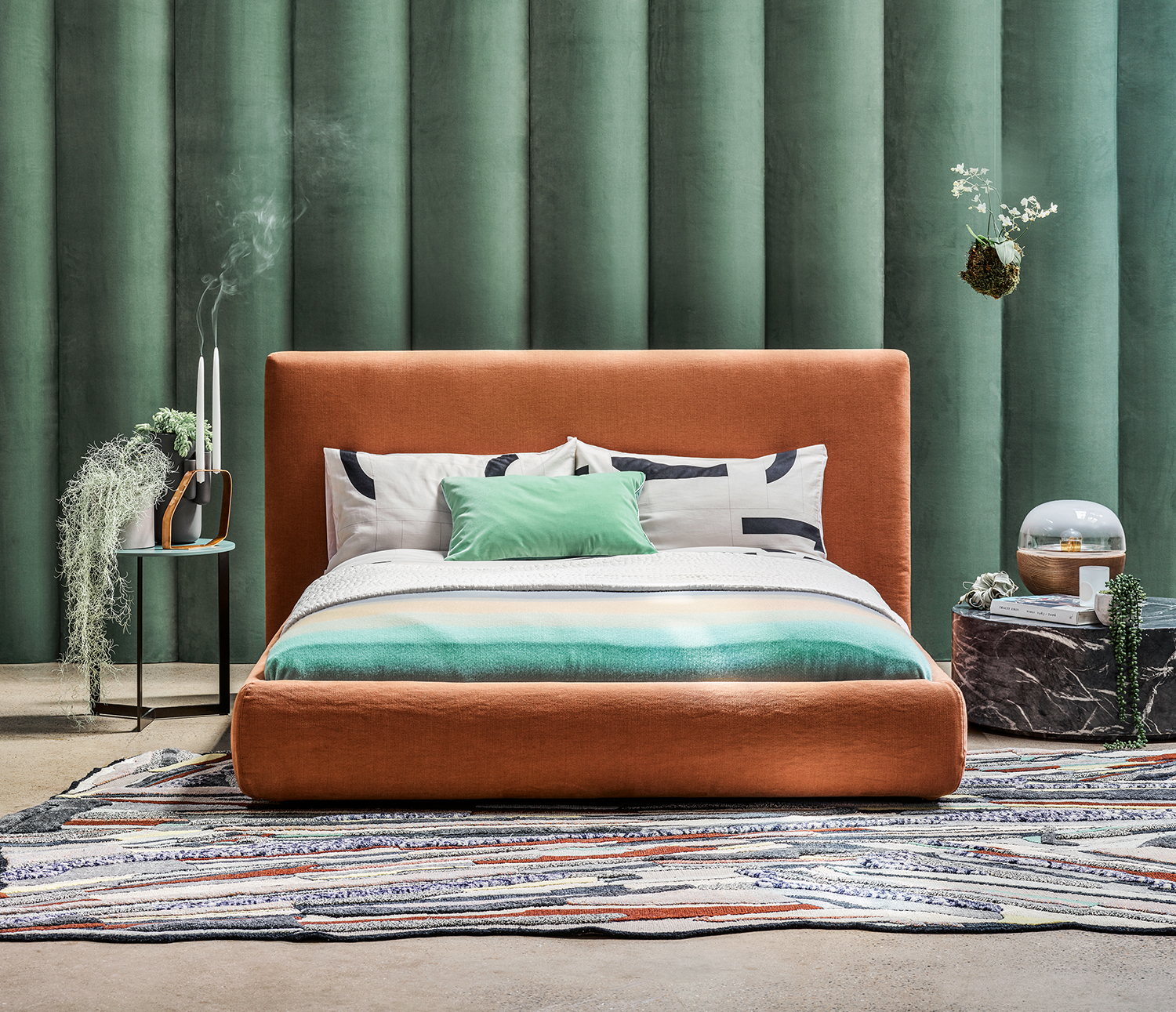
Following closely behind in second is green, with 54% of those with a bedroom this color claiming they sleep well. Similarly to blue, green is a color we associate with plants and nature, and therefore, it has calming effects when incorporated into our designs.
As Johanna Constantinou, brand and communications director at Tapi, notes: 'Green tones can promote feelings of nature, calm, safety, and growth, so can help promote a good night’s rest.'
'Green is instantly very relaxing and is nature’s neutral,' adds Tash. 'Our eyes don’t even have to adjust to the color. It goes with almost everything and doesn’t overwhelm the room.'
Pay attention to the tones you use in a green bedroom, however. A muted sage green is far more likely to have these peaceful benefits than a lime or acid green. 'If you want to create an intimate and cosy space, emerald green packs a full, but at the same time understated punch of color,' says Martin.
He adds: 'Emerald green can transport you to the cool tiled floors of Marrakesh or to the traditional drawing room of a late 18th century Georgian mansion, and its being used more and more in interiors today.’
3. White

'Bright white walls are often seen as too stimulating in Feng shui, but this research shows they may just be the ticket for a good night’s rest,' explains Johanna. Perhaps the safest and most common color of all, 49% of those with a white bedroom claiming to sleep well each night.
There's a reason it's the default color for our walls: neutral and adaptable, white makes an excellent base for us to build the rest of our design. And, it might just be this simplicity we associate it with that help promote sleep when used in our bedrooms.
'From a design perspective, I would always encourage people to go with a white that has an undertone to it to give a little bit of character to the bedroom,' explains Tash. 'Normally we want bedrooms to feel warm, cozy and soft, therefore I tend to recommend undertones of yellow or a pink.'
Whatever undertone you choose, white is sure to welcome you into your bedroom in an evening. As Joanna puts it: 'Sometimes a fresh white on white room offers the perfect respite we crave at the day’s end.' She's quick to remind us that white doesn't have to be limited to our walls, either - an all-white interior can make a stunning impact (even if it's a little harder to keep clean).
'Where color is absent, amped-up texture and tactility steps in - comforting our senses though touch,' she explains. 'We've seen furniture and ceramics take on a more “human” tone through soft curves and textured finishes, so it is natural that our bedding follows suit. Classic ribs nestled with embroidery, or quilted white patterns and pleating - it's a nurturing trend that offers true individuality and longevity.'
Which colors should be avoided for better sleep?
1. Yellow

It may come as a shock to some, but yellow might not be the best bedroom color to promote sleep. Although some studies suggest a yellow bedroom improves wellbeing, in Tapi's survey, 22% of those with a bedroom in this sunny color admitting to have a poor or very poor night's sleep.
With pale yellows and smoky mustards being popular hues in the bedroom, you might be wondering why they're hindering our sleep. Well, Johanna has some answers. 'Yellow promotes optimism, cheerfulness, and energy, meaning it’s hard for the brain to relax around an abundance of this color.'
'Too much yellow can just be way too stimulating and cause trouble with sleeping,' adds Tash. 'It's known to cause people to feel anxious and irritable.' So, unlike greens and blues, yellow isn't a restful color. Although lots of other colors go with yellow, too much of this bright color in your bedroom is likely to keep you awake.
2. Purple

Whether a pretty pastel or an earthy burgundy, purple is a versatile color. But you might want to think twice before introducing it to your bedroom: from those surveyed, 17% with a purple room sleep badly.
While its warmth might lead you to believe it would promote relaxation, there's a lot more to this color than meets the eye. 'Due to purples having a red undertone, the brain can feel alert and restless around this color, so it should be avoided in your bedroom,' Johanna explains.
When it comes to using it in your bedroom, Tash says it's all down to choosing the right shade. 'I would avoid a purple with a high level of saturation of yellow in it because, as mentioned, it's too stimulating,' she says. 'However, a soft lilac purple in the bedroom is stunning, so stick to delicates.'
3. Grey
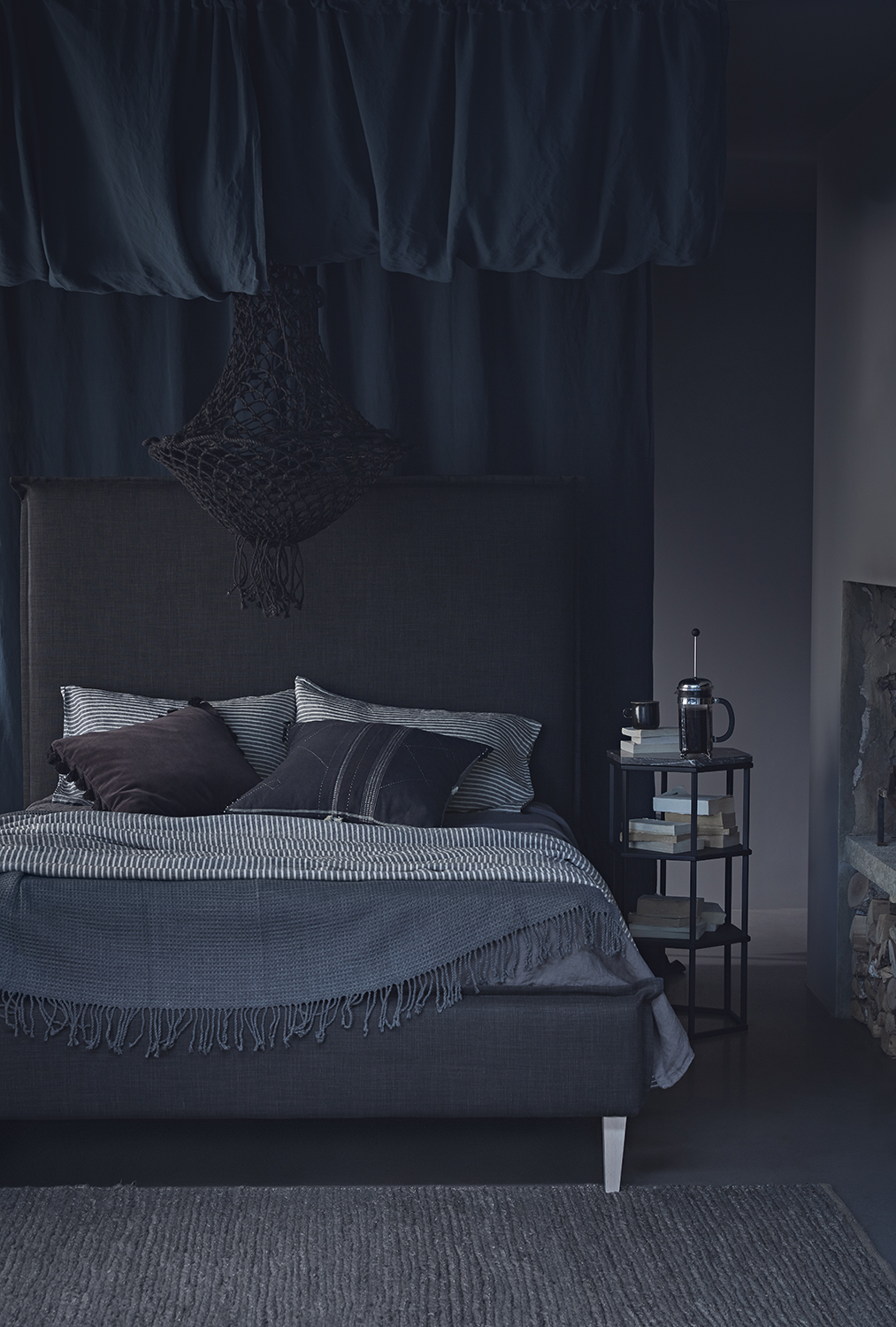
Grey interiors have had a bit of a moment, but it's not necessarily a color you want to share your bed with since 16% of people with a grey bedroom have a poor night's rest.
Fans of color will be pleased to hear that there are benefits to introducing a wide range of hues to a room. 'Cool colors such as greys, especially in darker shades, can promote feelings of depression as they resemble gloomy weather,' says Johanna. 'This can increase sadness and anxiety, making it difficult to sleep.'
Tash is in agreement. 'From a color psychology point of view, there are no positive traits on how we can connect with the color grey,' she says. 'For example, when we wake up in the morning and it’s a grey day, the color tends to put people in a gloomy mood. It lack's personality and is difficult to connect with.'
If you’re set on using colors that aren’t the greatest for sleep, there are still ways to incorporate them into your bedroom without them being too overpowering. 'The best way to do this is to keep them to a minimum and place them out of your eyeline while you sleep, such as a feature wall behind your bed,' says Johanna. 'You can also use them in decorative features such as a rug, cushions or accessories.'
Tash recommends trying a warmer undertone if you're determined to use grey paint. 'I would choose one with a warm undertone such as a pink, to give it a bit of character,' she says.

Lilith Hudson is a freelance writer and regular contributor to Livingetc. She holds an MA in Magazine Journalism from City, University of London, and has written for various titles including Homes & Gardens, House Beautiful, Advnture, the Saturday Times Magazine, Evening Standard, DJ Mag, Metro, and The Simple Things Magazine.
Prior to going freelance, Lilith was the News and Trends Editor at Livingetc. It was a role that helped her develop a keen eye for spotting all the latest micro-trends, interior hacks, and viral decor must-haves you need in your home. With a constant ear to the ground on the design scene, she's ahead of the curve when it comes to the latest color that's sweeping interiors or the hot new style to decorate our homes.